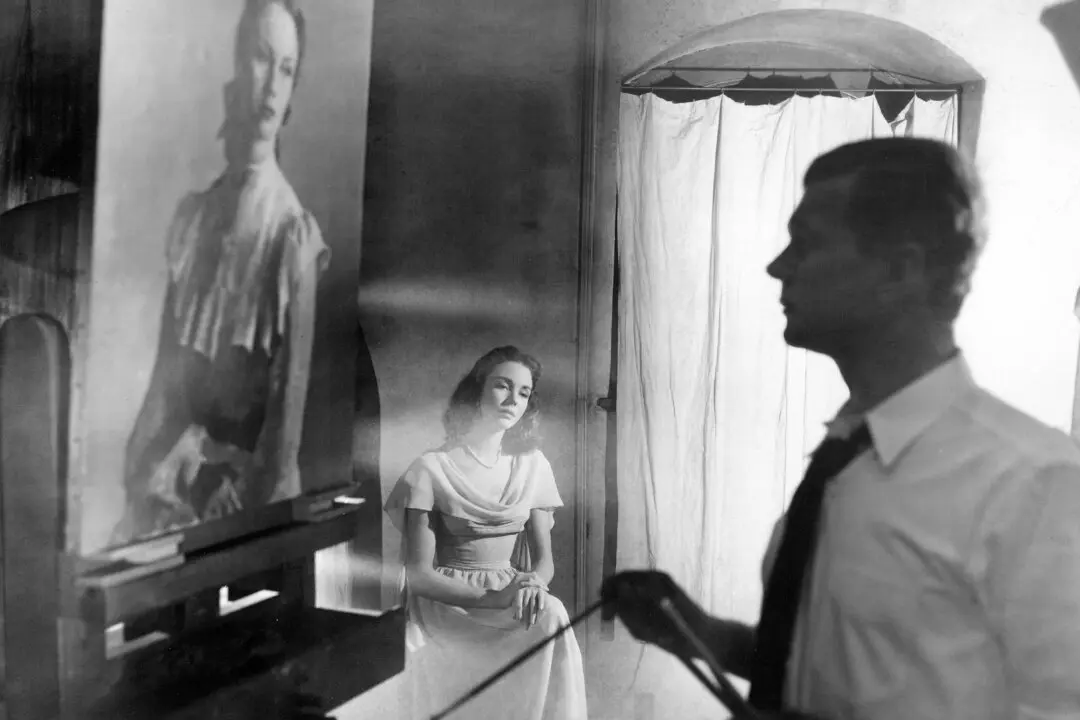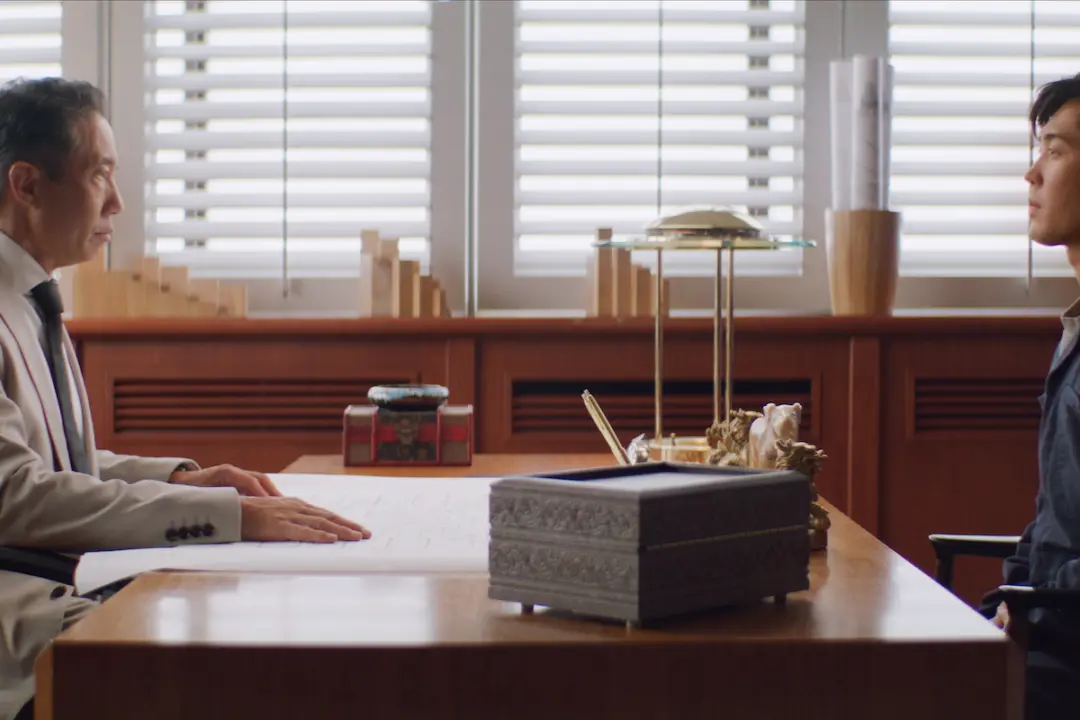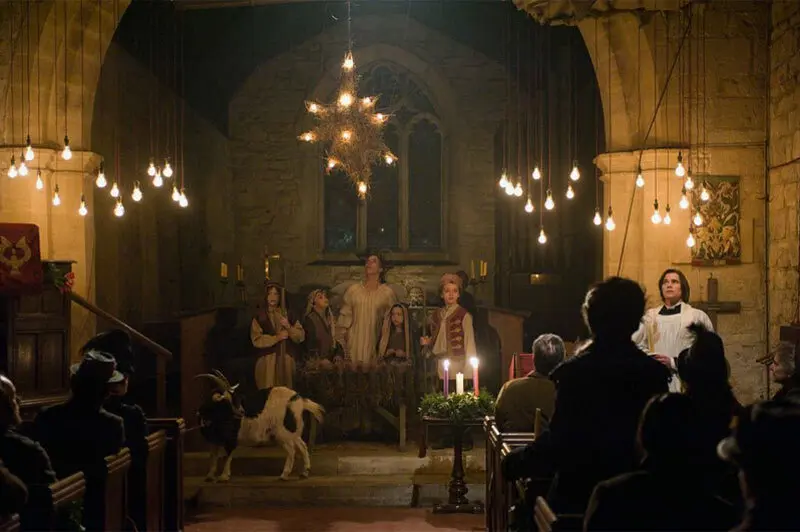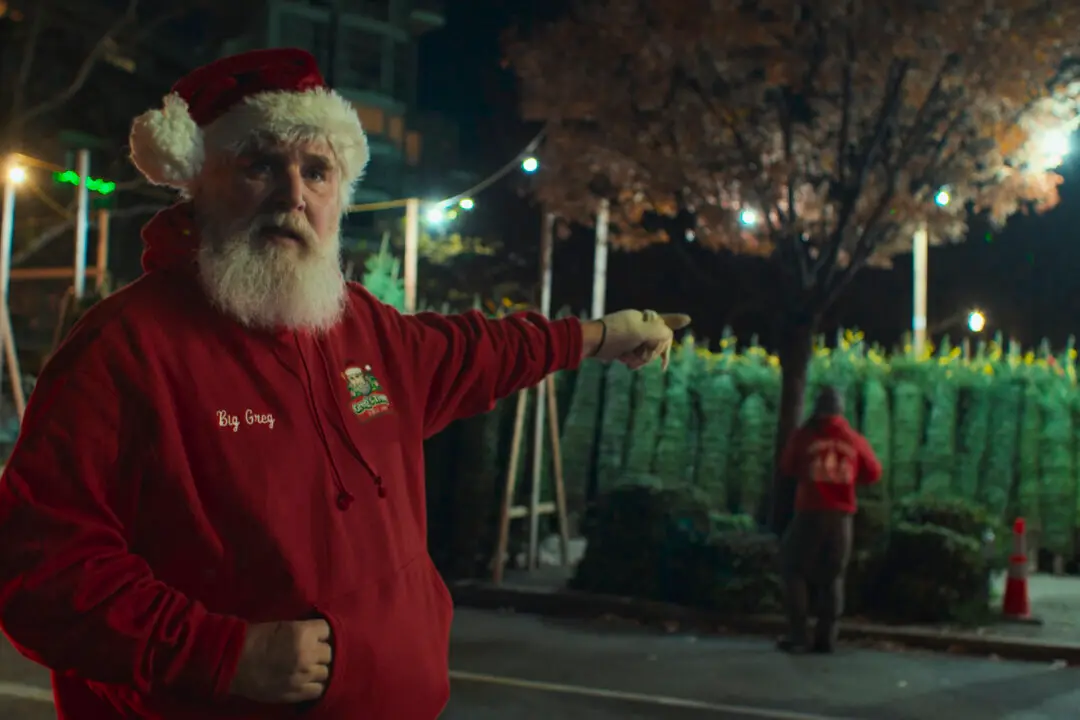PG-13 | 1 h 36 min | Drama, Biopic | 2018
Tami Oldham Ashcraft, who was alone and adrift in a hurricane-hammered 44-foot yacht in the Pacific for 41 days, is often asked how that ordeal transformed her. Profoundly, Tami says. It compelled her to appreciate life, to live in the present, and be less self-absorbed. Above all, it taught her to be happy by being involved with her children, grateful for her family and prioritizing what matters over what’s trivial.




